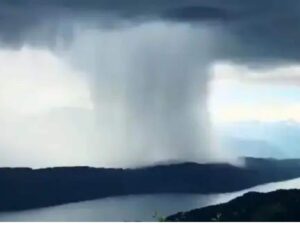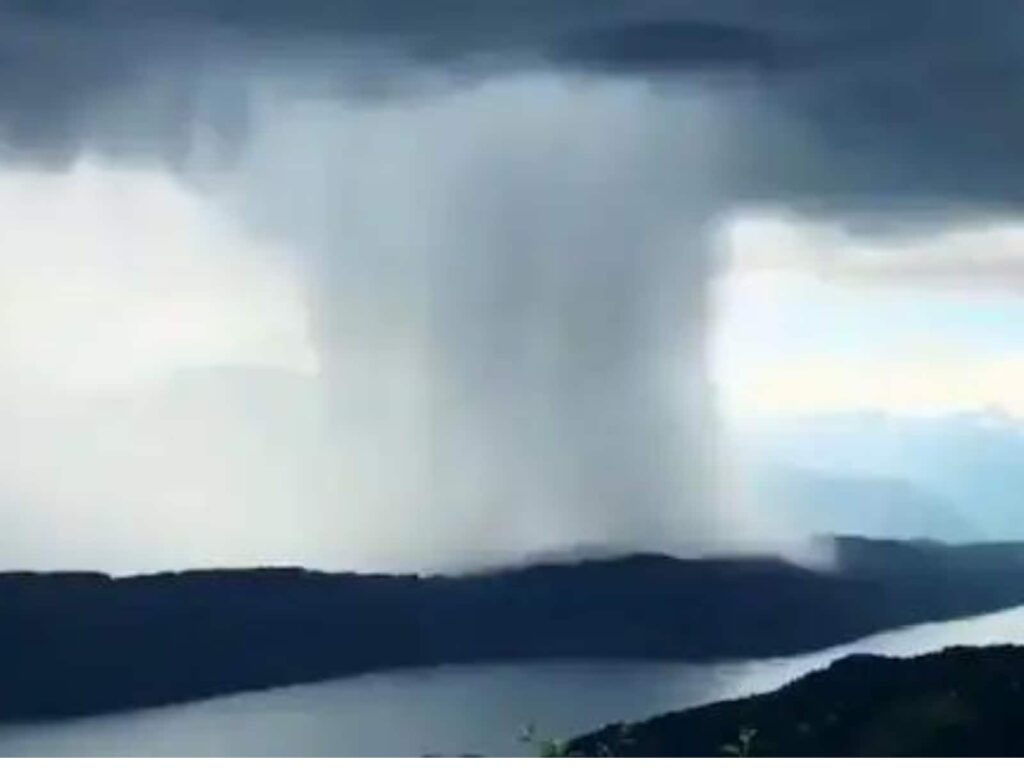The devastating cloudburst in Kishtwar on August 14, 2025, has shaken every family across Jammu and Kashmir. With 65 lives lost and hundreds injured, this tragedy reminds us that natural disasters can strike anywhere in our mountainous region without warning. As rescue operations continue in Chisoti village, families throughout J&K are asking: “How can we protect ourselves when disaster strikes?”
At SDDM Hospital, we know that being prepared can save lives when every minute counts. Here’s what every J&K family needs to know about staying safe during natural disasters.
Why J&K Families Face Higher Disaster Risks
Our mountain geography makes us vulnerable. The Himalayas are experiencing more frequent cloudbursts, flash floods, and landslides due to climate change. August 2025 alone has seen disasters in both Ramban and Kishtwar, showing how quickly nature can turn deadly in our region.
Remote locations delay medical help. When disaster strikes villages like Chisoti, it can take hours for rescue teams to reach victims. The 66 critically injured patients from Kishtwar had to travel all the way to GMC Jammu for life-saving treatment – time that many families can’t afford to lose.
EMERGENCY SIGNS – Get Medical Help Immediately
During or after any disaster, watch for these critical health emergencies:
- Severe bleeding that won’t stop with direct pressure
- Difficulty breathing or chest pain after dust/debris exposure
- Signs of shock – pale skin, rapid heartbeat, confusion
- Serious head injuries – unconsciousness, severe confusion
- Broken bones sticking through skin or obvious deformity
→ Call SDDM Hospital at +91-191-2464637 immediately if you see any of these.
How to Prepare Your Family Right Now
Emergency Health Kit for Every Home
- First aid supplies – bandages, antiseptic, pain relievers
- Essential medications for family members with chronic conditions (3-day supply minimum)
- Emergency contact list including SDDM Hospital: +91-191-2464637
- Important medical documents in waterproof container
- Flashlights and batteries for power outages during emergencies
Family Emergency Plan
- Meeting points – decide where family will gather if separated
- Communication plan – how to contact each other when phone networks fail
- Evacuation routes – know multiple ways to leave your area
- Important documents – keep copies of ID, medical records, insurance papers
Special Needs Preparation
- Elderly family members need extra medications and mobility assistance plans
- Young children require comfort items, special foods, and clear safety instructions
- Pregnant women need prenatal care information and hospital contact details
What SDDM Hospital Learned from Kishtwar Response
The medical response to Kishtwar showed us what works in disaster situations:
- 24/7 Emergency Department ready for mass casualty events
- Surgical Teams performed 25 major operations in one night to save lives
- Critical Care Units with ventilators for severe breathing problems
- Trauma Specialists trained to handle crushing injuries and multiple fractures
The Bottom Line
Natural disasters will continue hitting J&K, but prepared families survive better:
- Keep emergency health supplies ready in every home
- Know warning signs that require immediate medical attention
- Have communication plans when normal systems fail
- Practice evacuation routes before you need them
After a Disaster Hits Your Area
First 24 hours are critical. Check everyone for injuries, even if they seem minor. Contaminated water and food can cause serious illness, so only use safe, clean supplies. Document any injuries with photos for insurance and medical records.
Watch for delayed symptoms. Some serious problems like internal bleeding or breathing difficulties might not show up immediately. Watch for these warning signs in the days after a disaster:
- Internal bleeding signs – increasing abdominal pain, dizziness, weakness, pale skin
- Head injury complications – severe headaches, confusion, memory problems, vomiting
- Respiratory problems – persistent cough, shortness of breath, chest tightness from dust exposure
- Infection symptoms – fever, red streaks around wounds, pus or unusual discharge
- Blood clot risks – leg pain and swelling, especially after being trapped or immobile
- Stress-related symptoms – severe anxiety, panic attacks, inability to sleep or eat
If anyone feels worse after 24-48 hours or develops any of these symptoms, get medical attention right away.
When in Doubt, Contact Us
The Kishtwar tragedy showed that quick medical response saves lives. GMC Jammu’s teams worked through the night because every hour mattered for critically injured victims. In any disaster situation, don’t wait to see if symptoms improve – get professional medical help immediately.
SDDM Hospital: +91-191-2464637
Available 24/7 for disaster-related medical emergencies
Remember – we can’t prevent natural disasters in J&K’s fragile mountain environment, but we can be prepared when they strike. The families who survive disasters best are those who planned ahead and knew what to do when crisis hit.







